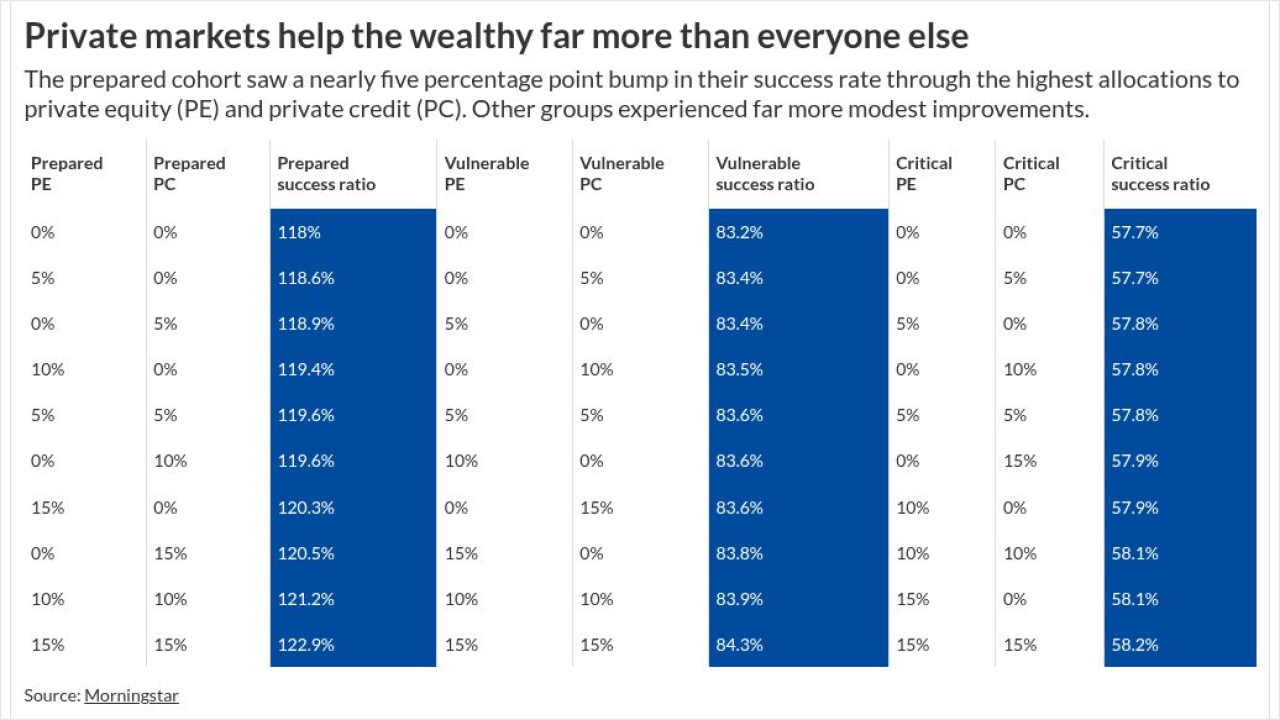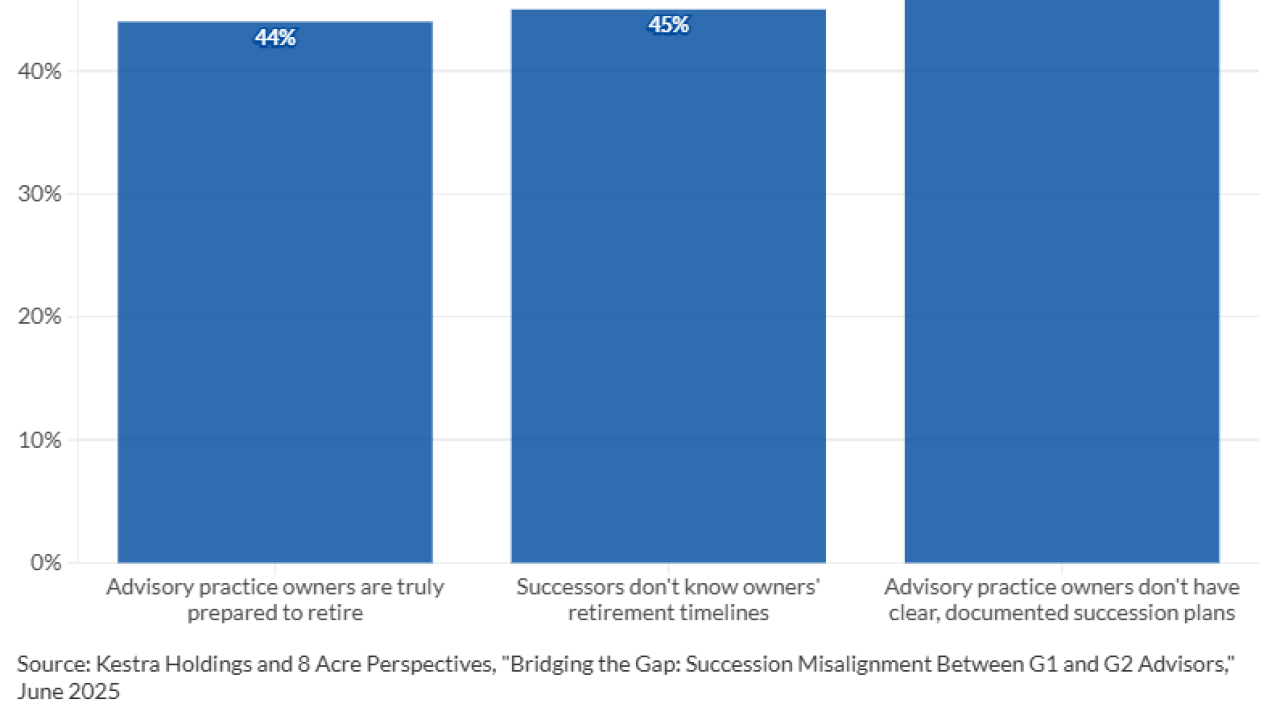After years of mediocre returns, the hedge fund industry is on the comeback trail.
Booming equity markets helped the industry achieve its highest returns in four years in 2017, led by stock pickers and macro traders focused on emerging markets. However, that masks the fact that some of the largest funds betting on economic trends in developed markets had another miserable year.
Money pools at firms such as Marshall Wace and Lansdowne Partners bounced back as their long bets on stocks paid off. For their part, Pharo Management and Adar Capital posted double-digit gains by investing in markets from Asia to Latin America.

Billionaire Michael Platt’s closely held investment fund rose 54% last year, topping its 2016 gain of almost 50%, according to a person with knowledge of the firm. BlueCrest Capital Management’s Platt was able to take more risks and sweeten returns with borrowed money after relinquishing his external clients, said the person, who asked not to be identified discussing company business.
The industry’s performance was “extraordinary,” said Marcus Storr, head of hedge fund investing at Bad Homburg, Germany-based Feri Trust. That said, “traditional asset classes have all been priced up, so it was rather difficult to post a poor performance and that’s why everybody profited from that."
-
Following criticism for its faulty 2016 election algorithms, the firm appointed a new research director to collaborate with its quants and money managers.
March 5 -
The recent plunge raised suspicions that quants had caused or exacerbated the sell-off.
February 14 -
Despite returns of about 8% last year, the products lagged behind the S&P 500’s 22% climb.
January 5
On average, hedge funds had returns of about 8% last year, almost double the previous year’s figure, according to Eurekahedge. Boosted by the global bull market in shares, the Eurekahedge Long Short Equities Hedge Fund Index rose about 12%. Still, that lagged behind the 22% jump in the S&P 500 with dividends reinvested, because hedge funds can bet for or against the market.
The recovery contrasts with the continued struggle of some of the veteran traders such as Alan Howard, Andrew Law of Caxton Associates and Crispin Odey. The trio suffered losses, with Howard’s flagship money pool recording its worst annual performance since starting in 2003. Odey lost more than 20% in his main fund, his third annual decline in a row.
The funds with the biggest AUM declines didn’t badly underperform, but investors often found cheaper alternatives.
Investors have regained their appetite for hedge funds. They allocated about $40 billion to the industry through November last year, after pulling $112 billion in 2016, according to eVestment data. Equity funds proved to be the most popular, attracting $16 billion.
“The only place today where there is enough liquidity and security to move in and out is the equity markets," said Dariush Aryeh, chief investment officer of Geneva-based investment advisor Fundana’s fund of funds. Other hedge fund strategies — macro, credit, arbitrage — are “out of sync,” he said.






